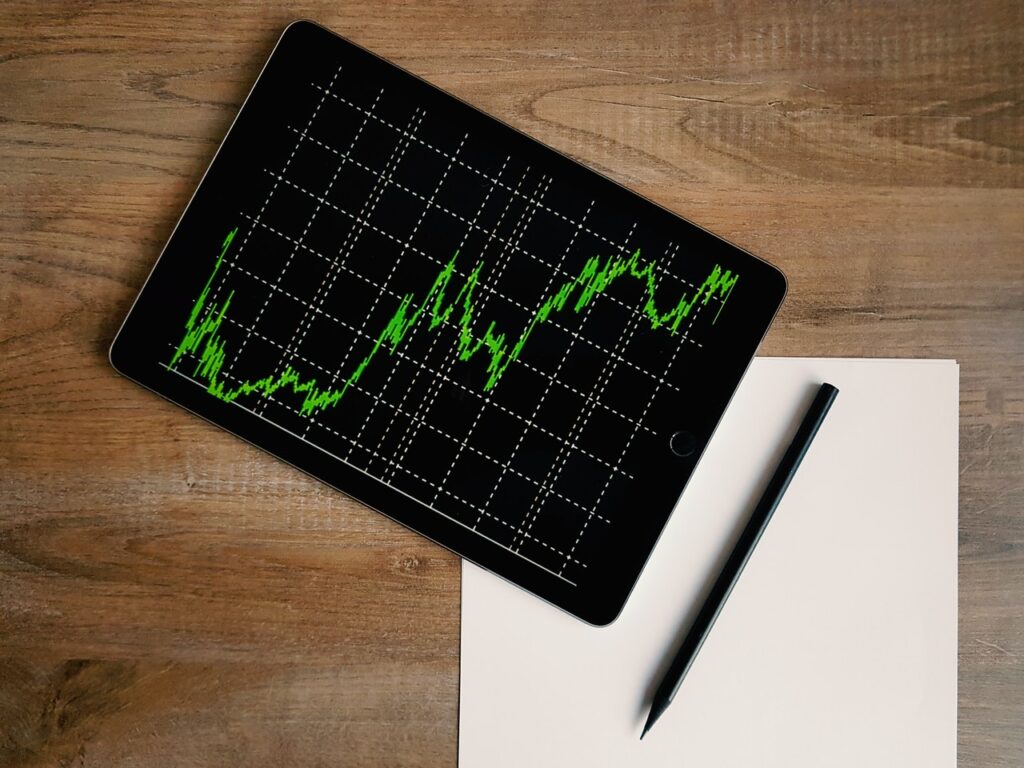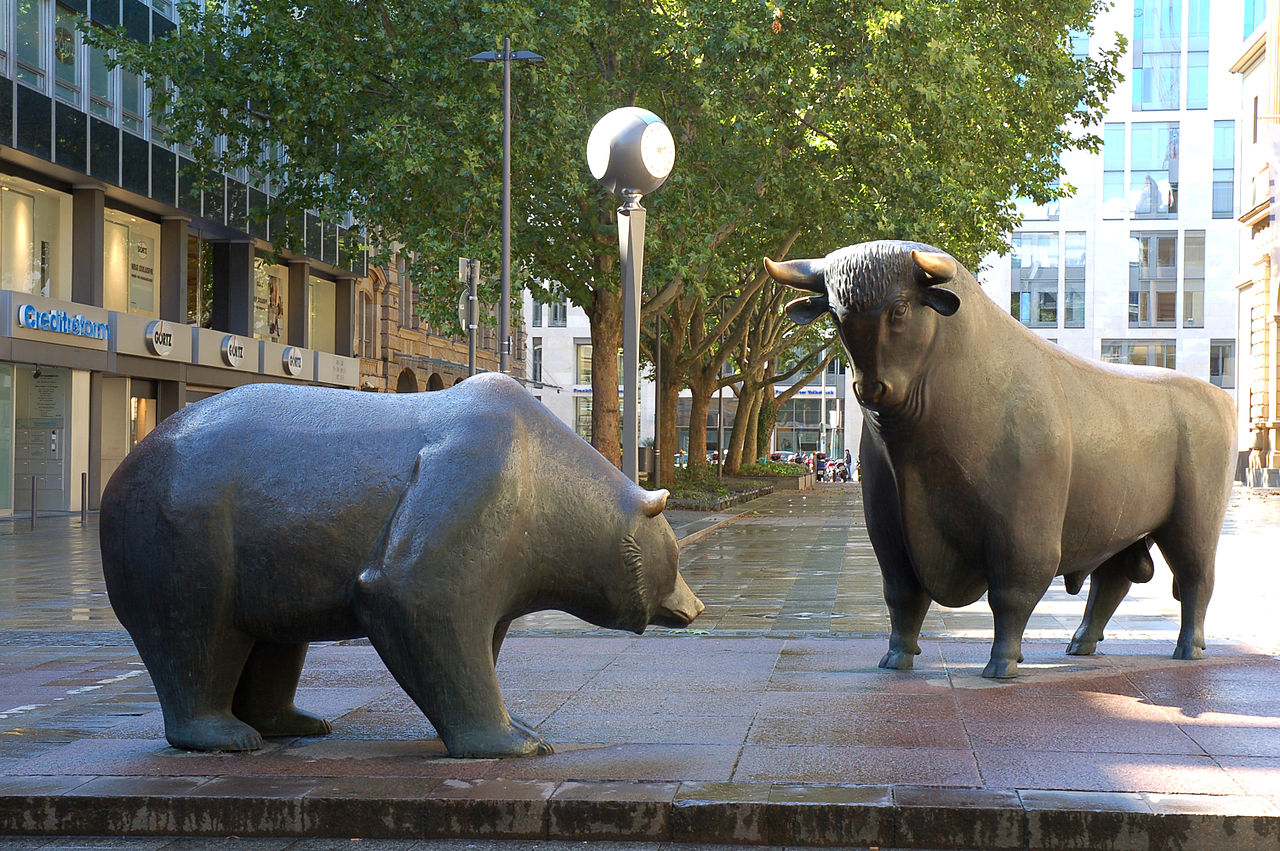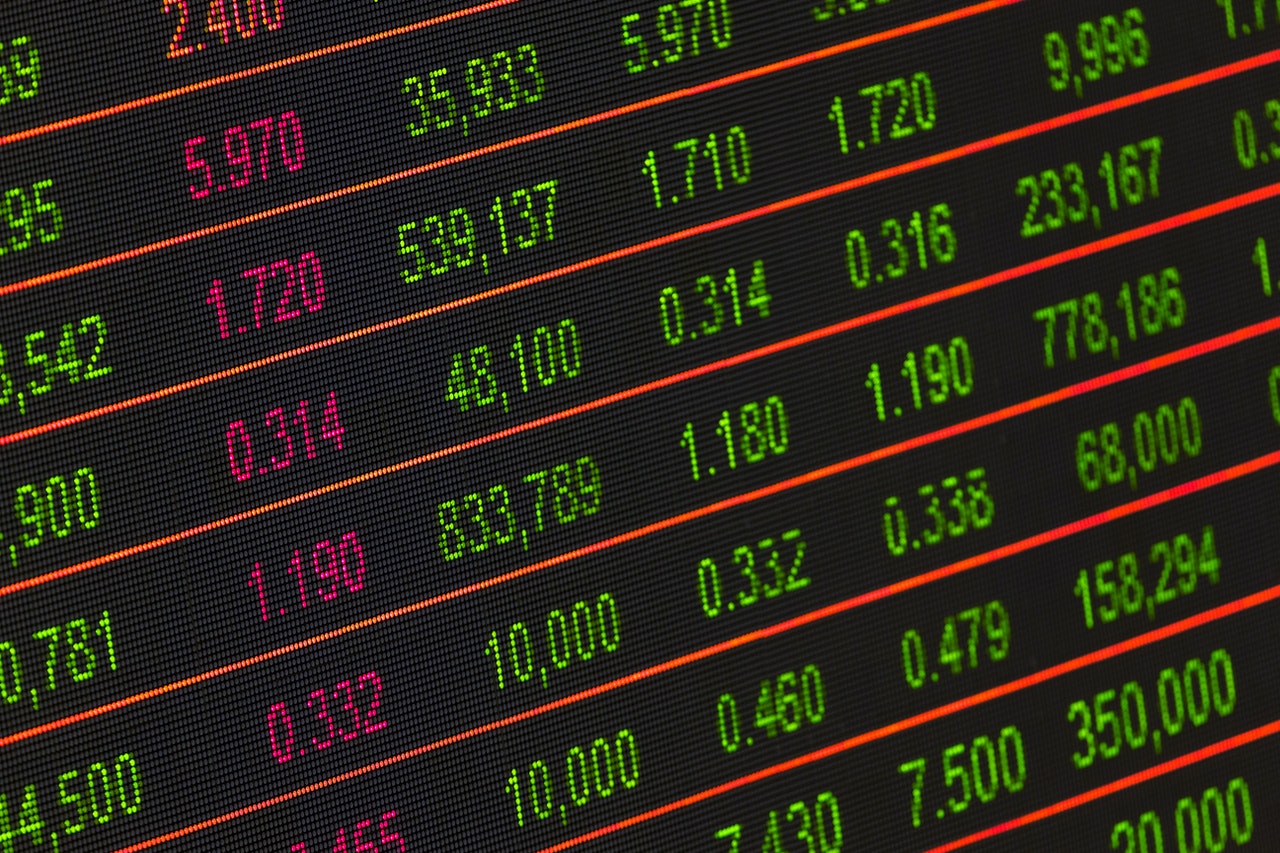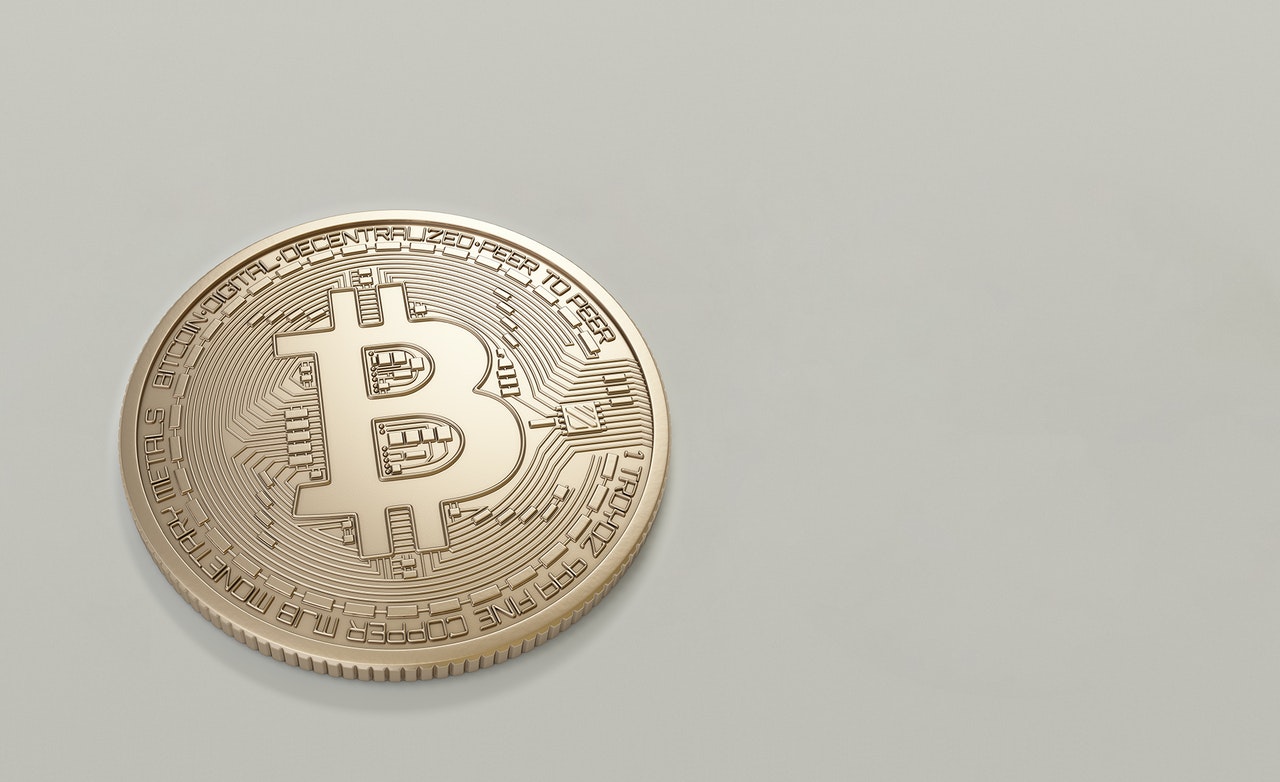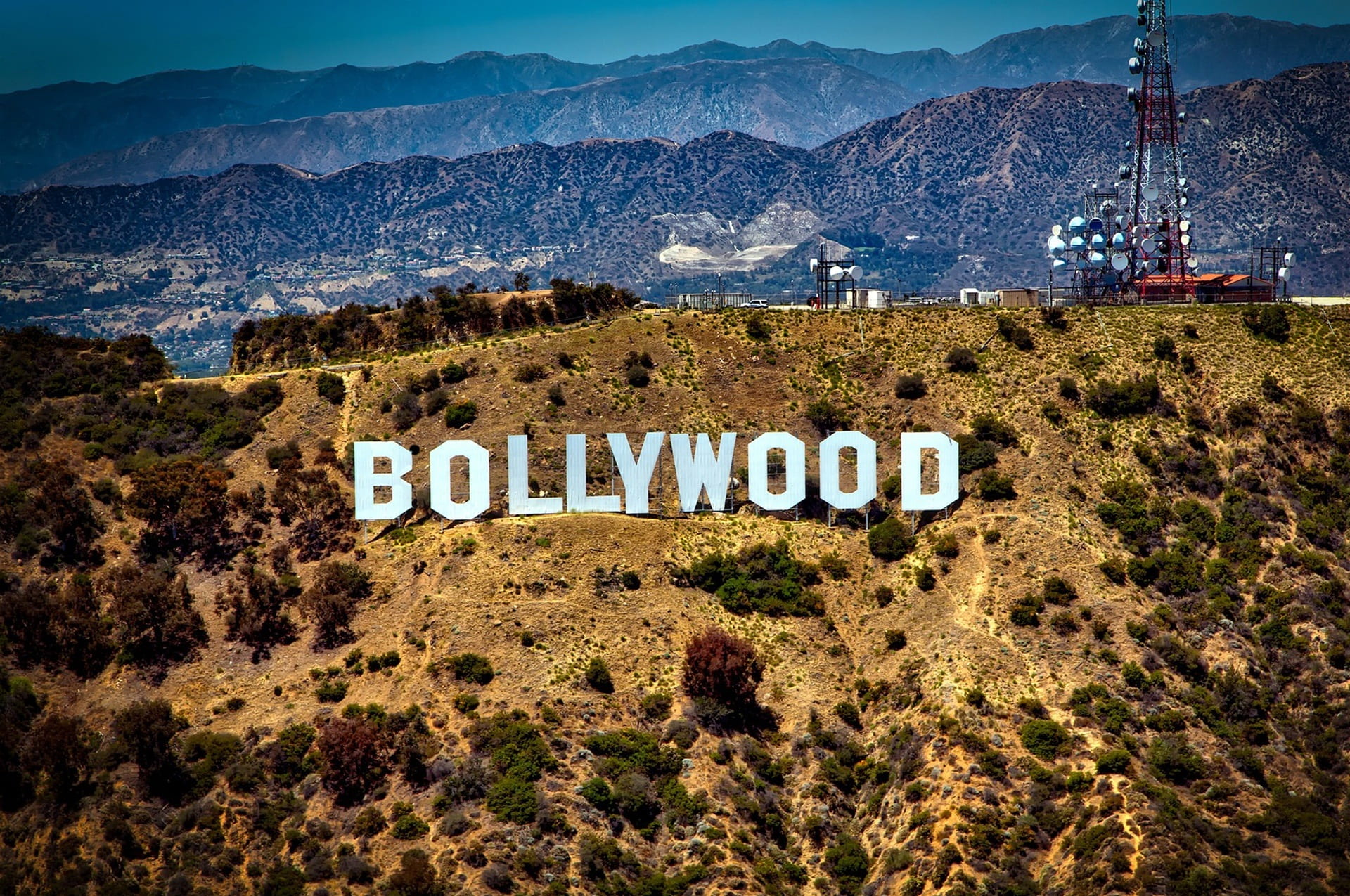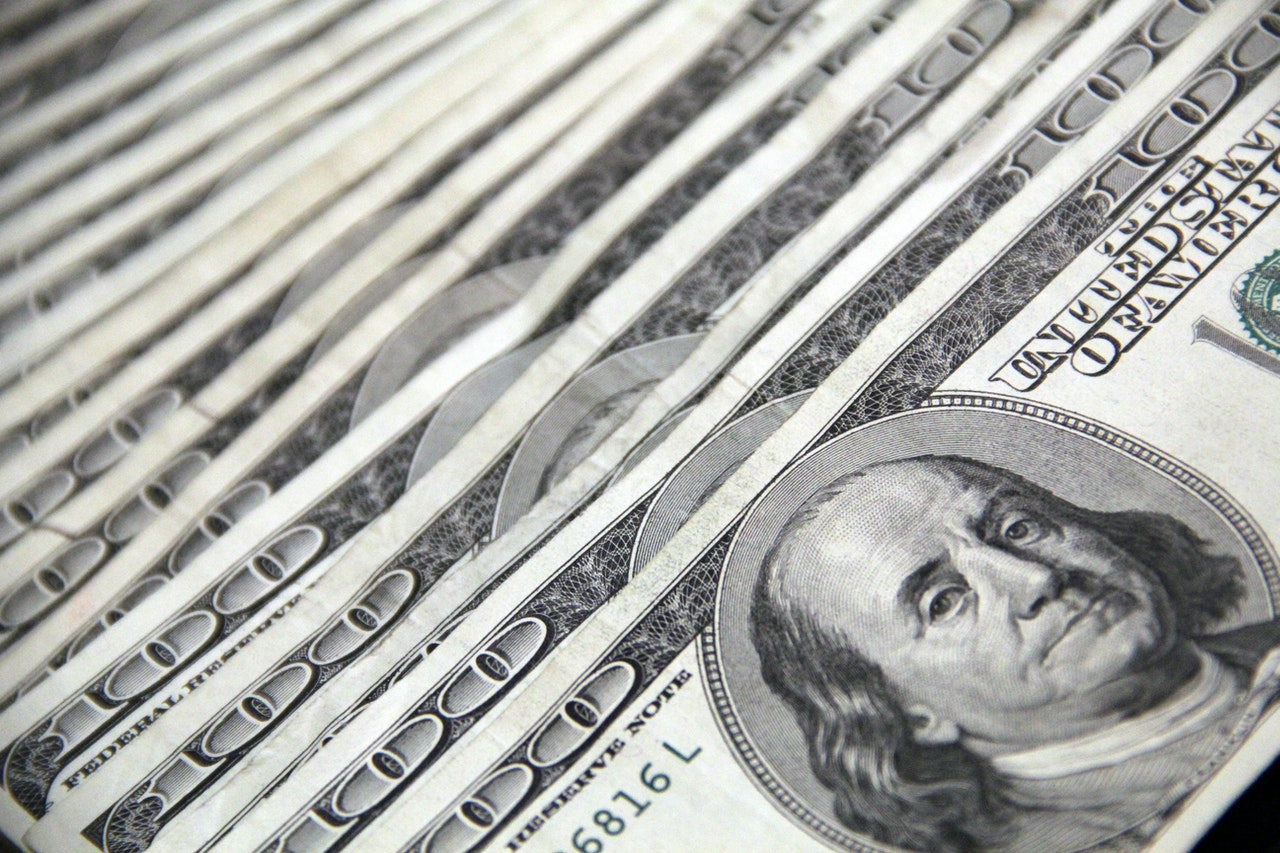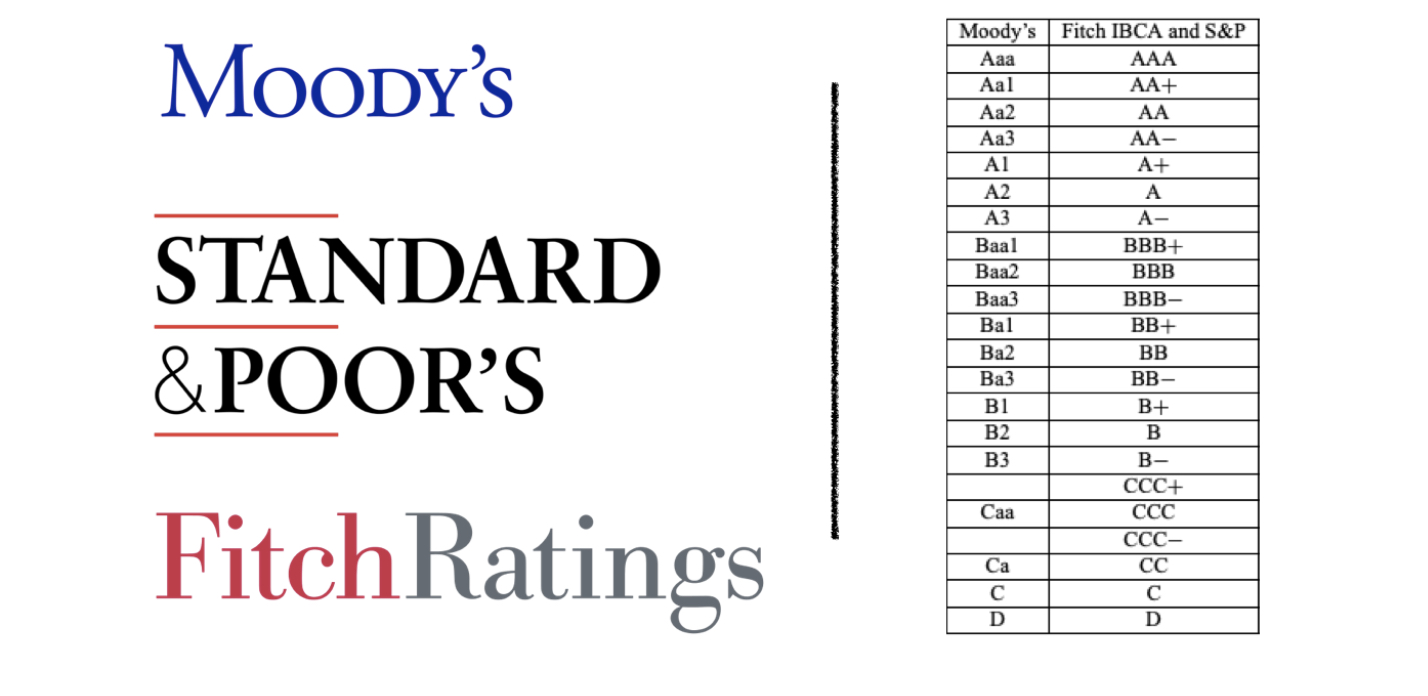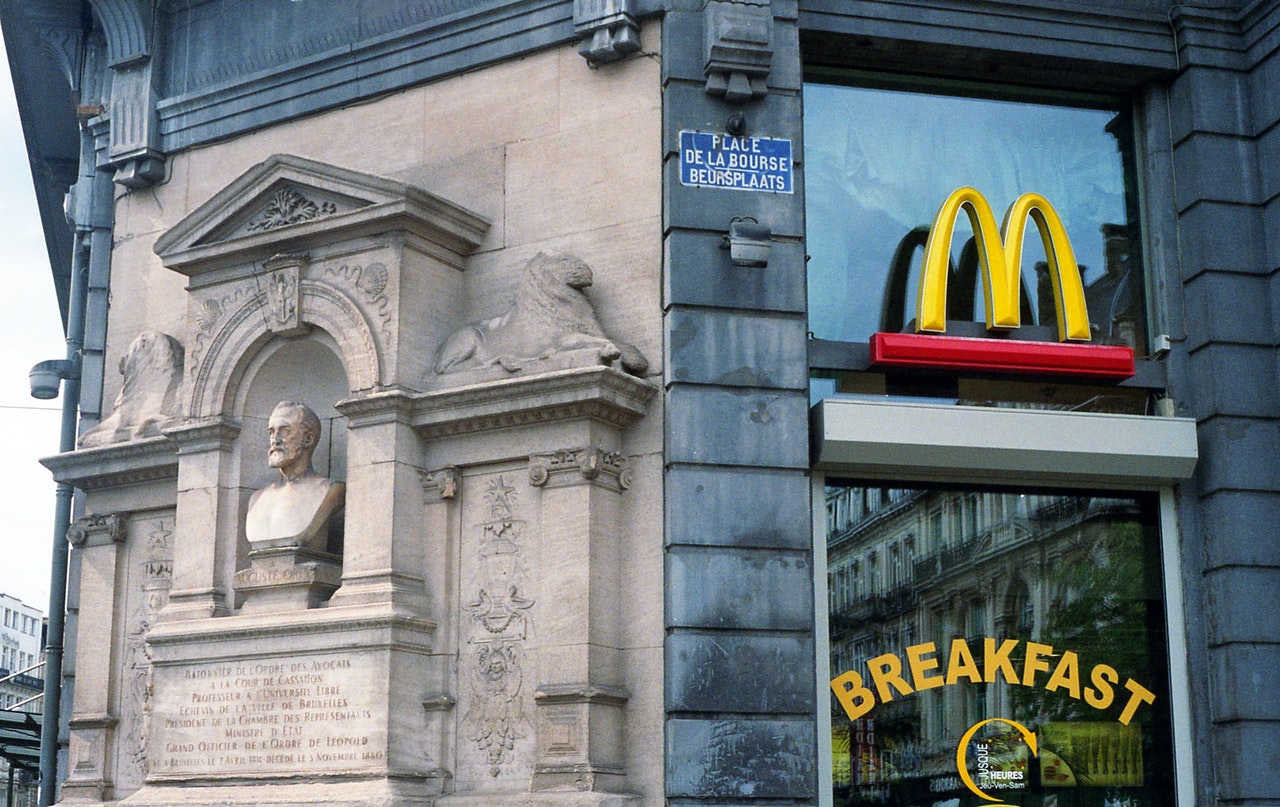Reading Time: 2 minutes
- Imagine you are sitting in a movie theatre and someone starts running towards the exit, shouting “fire”.
- Chances are that other than a couple of overly anxious people, not many people will pay attention to this person.
- Now imagine 60 people running, shouting “fire,”; most people, including you, will likely start running towards the exit.
- This is a simplified explanation of crowd psychology (sentiment), and in the stock market, it is mostly revealed through the activity and price movement of the stocks traded in that market.
- So, a good numberThis good number is different for different people. Some people will start running towards the exit seeing 10 people shouting fire, so will do so on 20, some on 50 and some on 60. being optimistic about their investments may easily lead some more people investing their money in the market, thereby increasing demand of the stocks and increasing their price.
- The thing about sentiment is that it is “future-looking”— people don’t run because there is fire (present); people run because otherwise, they may die (future).
- So, while whatever is happening is horrific, it is still present, and investors are investing because they feel confident of a bright future.
- And in the Indian stock market context, a few factors have triggered a positive sentiment (but whether the positive sentiment is justified or sustainable, no one can say).
- Factor 1: Strong results posted by major companies in Q4 (Jan-Mar 2021).
- Many companies had better-than-expected results in Q4, and in their results commentary, they seemed confident that business profitability would grow in the coming quarters—this gave an excellent boost to the sentiment.
- Factor 2: Governments worldwide are investing in infrastructure projects, and countries with higher production of “infra-materials” are likely to gain.
- Governments world over were already considering huge investments in infrastructure to accommodate new technologies (AIArtificial Intelligence, IoT, EVsElectric Vehicles) when COVID-19 exposed the lack of health infrastructure (ambulances, hospitals, oxygen, PPE, etc.)
- E.g., as per a PwC 2018 forecast, by 2025, the annual global infra spending was to touch $9 Trillion (more than double of 2012 annual infra spending); after COVID-19, this figure may be even higher.
- India, the 2nd biggest producer of materials such as steel and cement, is “likely” to benefit immensely from this development (job creation, new businesses, etc.)
- Factor 3: Measures by RBI to tackle the COVID-19 crisis during the second wave.
- RBI recently eased lending, especially for small and medium businesses, and announced extensive measures for health-sector companies; so, investors assume that with these measures, things are going to get better.
Also Read:
What does “Sensex crossed 52000” mean?
Why is it called ‘bull’ or a ‘bear’ market?
Image courtesy of Burak Kebapci through Pexels

